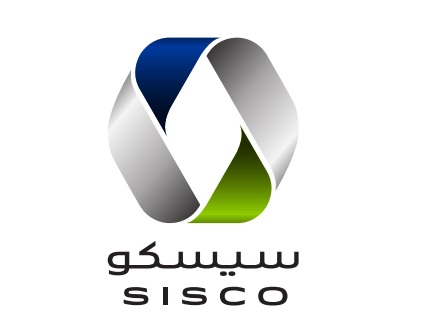Publisher: Maaal International Media Company
License: 465734
Sukuk and bond pricing remains correlated as spreads narrow despite volatility
The pricing of comparable sukuk and bonds analysed by Fitch Ratings remained highly correlated in 2024 for the fifth-year running with spreads between the two instrument types further narrowing despite regional geopolitical tensions, economic volatility and sharia-compliance uncertainties, says Fitch Ratings. It is unclear whether these dynamics will impact this trend over 2025 and 2026.
The pricing correlation was about 0.95 (on a scale of 0 to 1) for 56 comparable sukuk and bonds analysed by Fitch between 2019 and 2024, based on yield-to-maturity (YTM). The full-year 2024 correlation dropped to 0.91, which is still high given the relatively small size of the analysed pool. At the same time, average spreads between comparable sukuk and bonds narrowed to 10bp in 2024 from 25bp in 2023 and 27bp in 2022. Between 2019-2024, sukuk had lower yields on average than comparable bonds in about 50% of the analysed cases, while 39.3% of sukuk had similar yields to comparable bonds, and 10.7% had higher yields.
This analysis can offer insights into investor perceptions of credit risk between sukuk and bonds. The instruments were mostly issued by entities from the Gulf Cooperation Council, Indonesia, and Turkiye, covering sovereigns, financial institutions, corporates, and international public finance. Still, there have been instances where pricing correlation fell, at least for a brief period before reverting, due to macroeconomic or sharia-specific events. Also, it should be noted that there are few directly comparable sukuk and bonds with close similarity in payment priority, issuance dates, maturity, and currency denomination from the same issuer.
اقرأ المزيد
These findings are also observed with the S&P MENA sukuk and bonds indices, which had a correlation of 0.99 over the five years ending December 2024 based on YTM with a 27bp spread between sukuk and bond yields. The spread also further narrowed in 2024, averaging 15bp.
Among the uncertainties facing the market is AAOIFI Sharia Standard No. 62 which, while still in draft format, could be finalised and issued in 2025. Among key proposals is the transfer of legal ownership and associated risks of the underlying sukuk assets to the sukuk holders, granting investors asset recourse to ensure closer adherence to shariah principles. Any impact of AAOIFI Standard 62 implementation on sukuk pricing compared to bonds depends on the final version, which jurisdictions and entities adopt it, and, most importantly, how it is reflected in sukuk documentation.
New sharia-related requirements in sukuk documents, which are not usually seen in conventional bonds, did not appear to have an impact on pricing in 2024. These includes terms in the sukuk documentation related to asset-inspection, asset takeover, sharia-compliant hedging, and partial payment of the periodical distribution amount in certain circumstances and for limited period.
Fitch expects global sukuk to surpass USD1 trillion outstanding in 2025, remaining a key part of the debt capital market in a number of Organisation of Islamic Cooperation countries. Investor demand for many sukuk remains intact, mainly from GCC Islamic banks that have adequate liquidity.
Global outstanding sukuk rose 10% to USD930 billion at end-2024 year on year despite regional geopolitical tensions. The use of sukuk is also expected to remain a significant tool in emerging markets having totalled 12% of all emerging market US dollar debt issued in 2024 (excluding China). About 81.4% of Fitch-rated sukuk are investment-grade as of end-2024. Sukuk default rates globally are very low, at only 0.19% of all sukuk issued as of end-2024.









